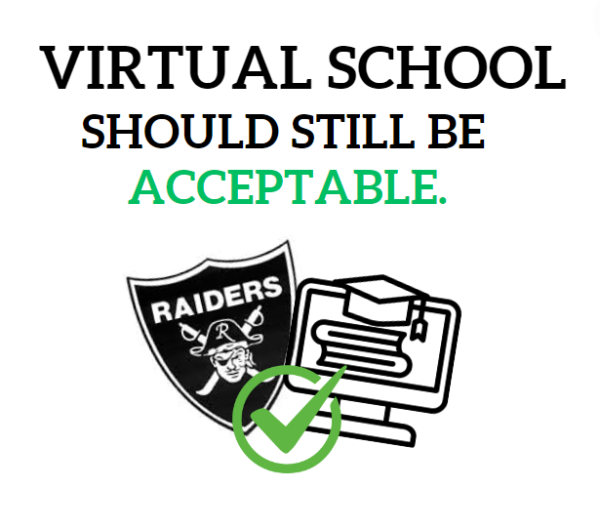School Districts Should Adopt Music Friendly Classroom Culture

For students, background music may improve focus on a task by providing motivation and improving mood. During long study sessions, music can help with endurance. In some cases, students have found that music helps with memorization. According to the latest research on the cognitive neuroscience of music, learning music powerfully reinforces language skills, builds and improves reading ability, and strengthens memory and attention.
In today’s classroom, music can be an effective tool for supporting students in learning beyond reading and writing. Music can provide students unique opportunities to express themselves creatively and build confidence. From math and science to history, music can support any subject area and help keep students engaged in class.
Research shows that listening to music can reduce anxiety, blood pressure, and pain as well as improve sleep quality, mood, mental alertness, and memory. Scientific studies have also proven that music can can cause the brain to release dopamine, a chemical which works to regulate motivation and goal-oriented behavior. With this in mind, why are school districts and classroom teachers not adopting more music friendly practices in education?
How Music Can Help Students Stay On Task
Studies have shown that music produces several positive effects on the human brain. Music activates both the left and right brain at the same time, and the activation of both hemispheres can maximize learning and improve memory. Because music can increase your brain’s dopamine levels, the right music can help your work feel more enjoyable. Familiar music can boost productivity levels because it doesn’t require focus. Through the power of music, students can feel motivated to learn; they become more confident speakers; they develop analytical thinking skills; and most significantly, they discover hidden passions that give them a lifelong advantage. Music is magical. It has the potential to boost concentration, mindset and performance.
Students Should Be Allowed To Use Cell Phones In Class
Cell phones are a forbidden item in most classrooms, with many school districts adopting strict no cell phone policies. At CISD, students are expected to have cell phones out of sight during class periods. However, cell phones can play a beneficial role in the classroom when used for music and research purposes.
Tim Floyd, former head basketball coach at the University of Texas at El Paso, said, “We need to embrace these changes and instead of trying to separate that reality from an outdated vision of a classroom. We need to find a way to optimize the educational experience for the connected kids of the future. They can’t disconnect students from the world between the hours of 7:30 am to 3:55 pm everyday. You have to leave your comfort zone and take a risk. The same thing you ask your students to do. Take a risk and see what the future may look like and then change your teaching to ensure that the technology is used as a tool and not just a distraction.”
Allowing students to use their cell phones in the classroom could help keep them engaged in learning and provide them with instant access to technology, tools and resources to help them learn. In “music-listening work cultures,” which students are certainly part of, there’s actually a psychological withdrawal when the musical stimulus is taken away.








